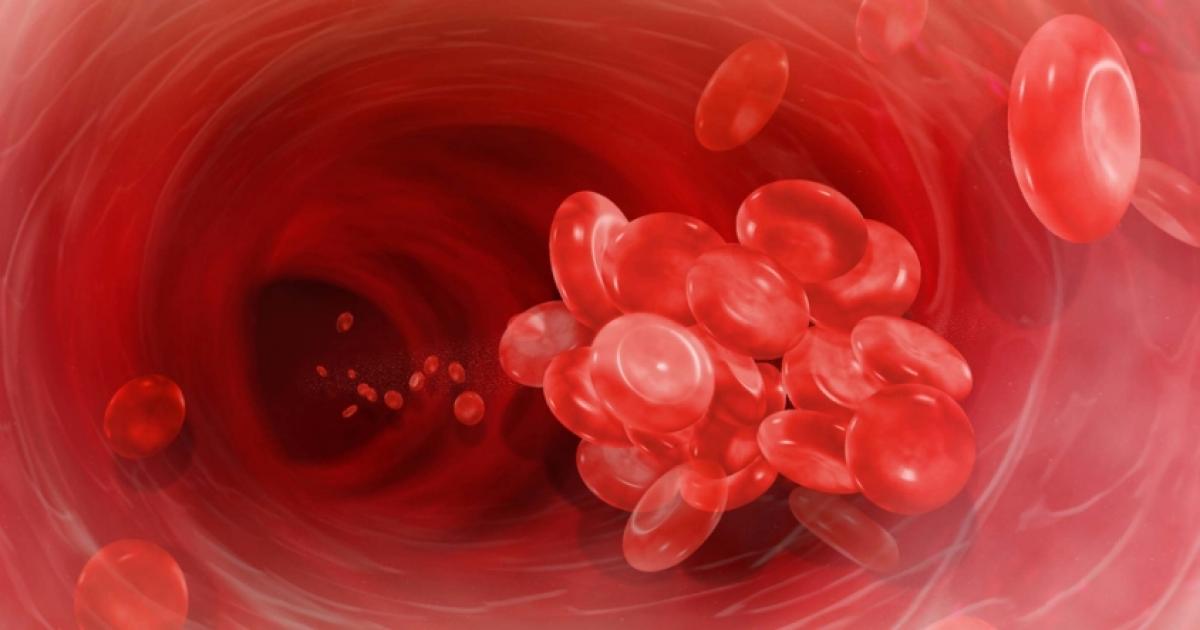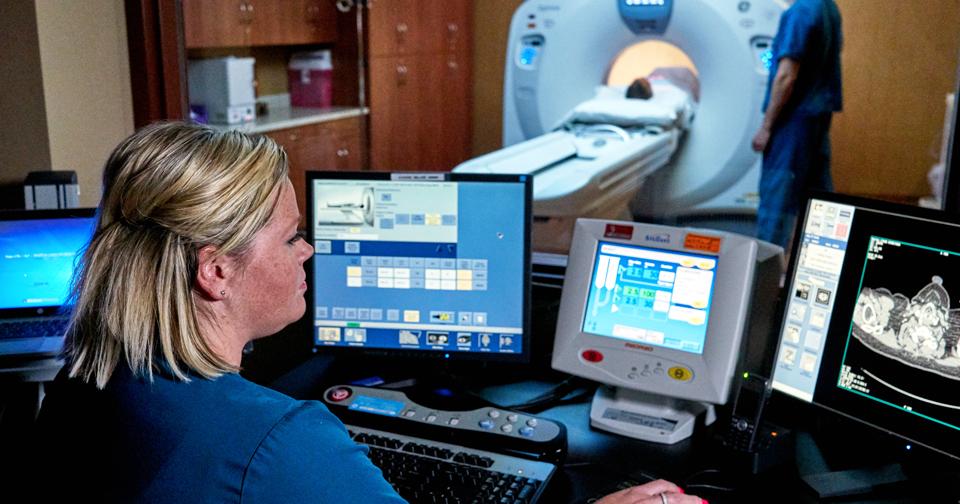Efficient Ways To Treat Liver Hemangioma
A liver hemangioma is a type of noncancerous (benign) tumor made of clusters of abnormal blood vessels. Small hemangiomas usually require no treatment and produce no symptoms. In fact, patients with small liver hemangiomas are often unaware of them until the tumors are detected incidentally during tests for other conditions. Doctors estimate between one to five percent of Americans may have small hemangiomas on their livers. Symptoms usually occur with tumors larger than four centimeters (one and a half inches), and typically include abdominal pain and bloating, though occasionally, nausea and loss of appetite may be present. In infants with liver hemangiomas, symptoms can be more serious and include heart failure and the formation of numerous blood clots. In general, women have an increased risk of liver hemangiomas, and most cases occur between the ages of thirty and fifty. The cause of liver hemangiomas is unknown. The treatment methods outlined below are often helpful for this condition.
Surgical Removal

Surgical removal of a liver hemangioma may be possible in many cases, and this is often the preferred treatment method. Surgery tends to be recommended when doctors determine the hemangioma can be easily separated from the healthy part of the liver. Ultrasounds, CT scans, MRI scans, and other imaging tests will be performed to help make this determination. Before the surgery, patients will need to fast for at least eight hours. These surgeries are usually performed in hospitals under general anesthesia, and patients may need to stay overnight for monitoring. After patients return home, they will need to be closely monitored and have frequent checkups with their medical team. Since liver hemangiomas may regrow, doctors usually do repeat ultrasounds and other imaging tests to monitor patients who have had hemangiomas removed.
Arterial Embolization

Arterial embolization is an alternative method of blocking blood flow to a hemangioma. Instead of tying off the artery supplying the growth, doctors will inject the artery with a chemical that blocks it. Specialists known as interventional radiologists typically perform these procedures. Arterial embolization procedures are performed with light sedation that makes the patient sleepy; this is given intravenously and is different than general anesthesia.
During the procedure, the radiologist inserts a catheter into an artery in the patient's groin. The groin area is anesthetized with local anesthetic before this is done. Once the catheter has been inserted, it is guided until it reaches the artery in the liver that supplies the hemangioma. To be sure the catheter is placed correctly, a contrast dye will be injected to give doctors a clear view of the arteries and the hemangioma. Once the hemangioma is successfully located, particles are injected through the catheter to block the artery. This completes the procedure, and doctors remove the catheter. The groin area where the catheter was inserted will be covered with a sterile dressing. Patients will be moved to a recovery area, and they will need to lie flat for at least one hour. Nurses will monitor the bandaged area for any bleeding, and patients should notify staff if they notice the dressing feels wet or warm.
Hepatic Artery Ligation

Hepatic artery ligation is a surgical procedure usually performed on hemangiomas greater than ten centimeters in size. The operation, which is done under general anesthesia, stops the blood flow to the hemangioma by tying off the main artery that supplies it. This can reduce the size of the hemangioma or keep it from growing. The procedure does not harm the healthy portion of the liver; it can get blood from nearby blood vessels.
Before surgery, doctors may perform blood tests, ultrasounds, and CT or MRI scans to plan the most effective surgical approach for individual patients. Patients may need to have preoperative tests such as electrocardiograms to ensure they are healthy enough for surgery. On the day of the scheduled surgery, patients will meet with an anesthesiologist to discuss sedation options and risks. It may be necessary for patients to stay in the hospital overnight following this surgery, and they will be closely monitored at follow-up appointments with their medical team.
Radiation Therapy

Radiation therapy is only used in cases where other treatments are unavailable or unsuccessful. The therapy damages the cells of the hemangioma. External beam radiation is the most common type used for hemangiomas. In this procedure, the patient lies on a table while a machine rotates around them to deliver the radiation. Radiation treatments are typically given five days each week for a period of several weeks, and each session takes approximately thirty minutes. Particularly in infants and children, light sedation may be used to make it easier for these patients to remain still and calm. Radiation treatment is painless. Potential side effects from this form of therapy include mouth sores, dry mouth, fatigue, redness or skin peeling at the affected area, nausea, jaw stiffness, difficulty swallowing, and tooth decay. Patients should report any concerns or unusual side effects to their radiologists and medical team.
Liver Transplant

A liver transplant is rarely needed for most patients with liver hemangiomas, but it may be recommended for patients who have multiple or large hemangiomas unsuitable for other treatments. A liver transplant is a major surgery, and it is sometimes performed using a portion of the liver from a living donor. Patients frequently have the procedure completed at a specialist transplant center, and the surgery can last up to twelve hours. Following the surgery, patients need to stay in the hospital up to ten days, including a possible stint in the intensive care unit. A full recovery from a liver transplant can take up to six months, and patients must take anti-rejection medication for the rest of their lives. During the recovery period, blood tests are initially needed at least once a week to monitor liver function. Possible complications from this operation include infection, rejection of the new liver by the body, mental confusion, and bile duct leaks. Anti-rejection medication may cause diarrhea, diabetes, bone thinning, high blood pressure, high cholesterol, and headaches.
